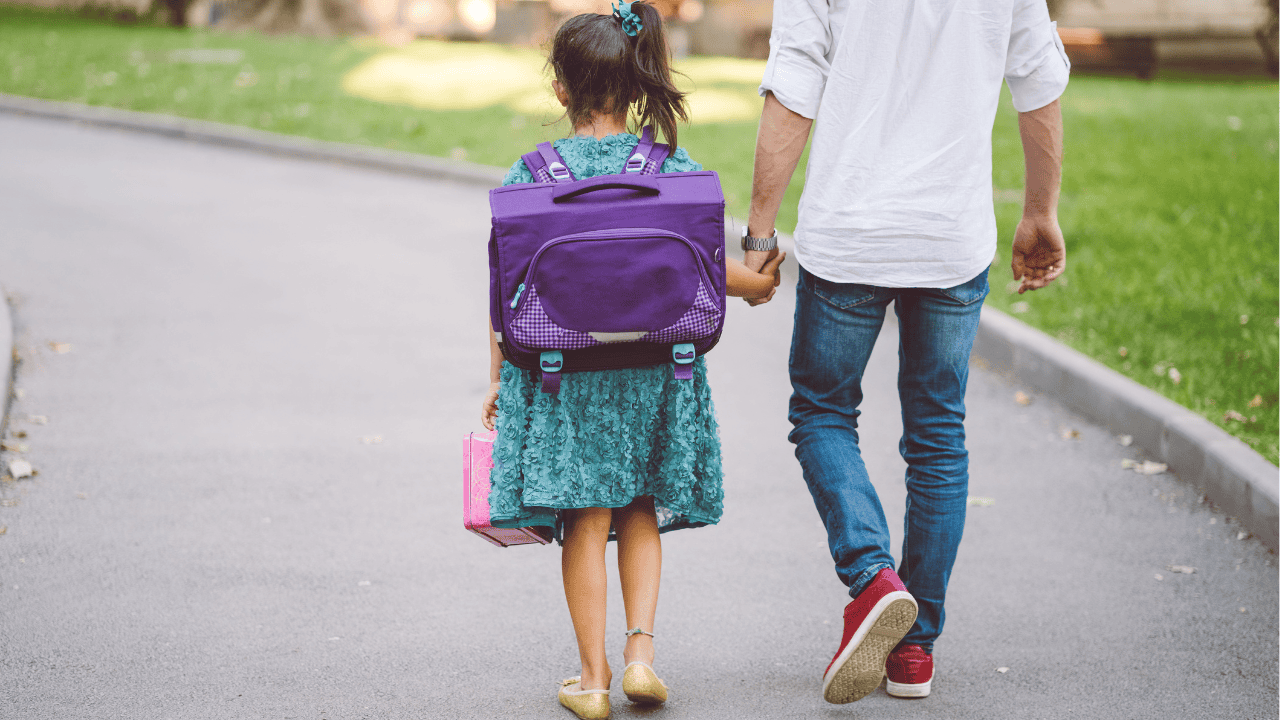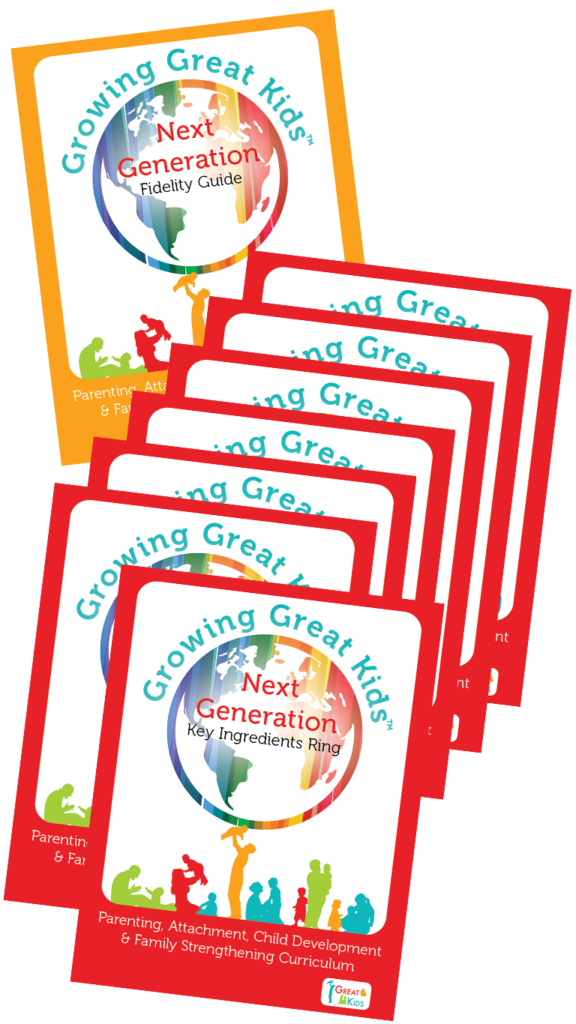| | | | About the Author Michelle Miller is a Product Development Specialist at Great Kids. Prior to joining the Product Development team, Michelle worked for three years as a Great Kids trainer. Before that, she worked as a trainer supervisor and home visitor with a Healthy Families program in Middle Tennessee. Outside of work, she enjoys spending time with her three children and doing anything outdoors, especially kayaking. |
Tips for a Smoother Transition
As summer leaves begin their quiet transformation—from vibrant greens to ambers and reds—and the morning air turns from cool to crisp, parents and children find themselves on the threshold of another school year. And for many families, this shift can come with a wide range of emotions.
The back-to-school season can stir excitement and fresh hope, but it may also bring stress, overwhelm, and a longing to stay in the relative ease of summer days.
The good news is that no matter what emotions parents and children experience this time of year, they can meet this transition with intention. Research tells us that cultivating positive emotional states—particularly awe and wonder—can enhance our well-being, buffer stress, and support physical and mental health during times of change.2
And while awe and wonder might seem reserved for grand experiences, like standing beneath a star-filled sky or hiking in the mountains, these powerful emotions are also available in our everyday lives. The key is learning how to look for, create, and savor them.2
Here are five simple, science-backed ways to nurture awe and wonder for you and your family as you move into the upcoming school year:
1. Step Outside
Whether watching a sunrise, walking barefoot in dewy grass, or enjoying the changing colors of fall leaves, nature has a way of resetting our nervous systems. Even brief encounters with the natural world can lower stress and elevate mood.2,3
2. Have an Impromptu Dance Party
Stressful day? Upcoming school supply haul? Cue the music. Doing a rhythmic activity like dancing with your child to a favorite song creates shared joy, strengthens connection, and lightens the mental load.2,3
3. Explore Art Together
Awe doesn’t have to be loud—it can also be found in the pages of a beautifully illustrated book. Talk about the pictures in the book and what you like about them. Or create an at-home gallery of last year’s artwork. Invite family members or friends over to check it out.5
4. Practice Presence
Awe can be found in stillness, too. Taking a few minutes each day to incorporate mindful breathing and being present to savor ordinary moments, like family meals and bedtime routines, can help bring awareness to what’s safe and good, calming feelings of uncertainty and stress.1,4
5. Share-the-Good Stories
Take time to savor or share the good by talking about big and small positive moments. Ask your child about the best part of their day, jot down moments of joy in a family journal, or reflect on summer memories and victories from the last school year. Storytelling connects us to meaning, and meaning helps us weather transitions.4
While a new school year may always come with some stress and uncertainty, it doesn’t have to be defined by it. You can ease anxiety and build happier memories by weaving moments of awe and wonder into your experience.
So, embrace the wonder and make this start to the school year a time for building some happy back-to-school childhood memories.
Sources:
1. Kiken, L. G., Lundberg, K. B., & Fredrickson, B. L. (2017). Being present and enjoying it: Dispositional mindfulness and savoring the moment are distinct, interactive predictors of positive emotions and psychological health. Mindfulness, 8(5), 1280–1290. https://doi.org/10.1007/s12671-017-0704-3
2. Monroy, M., & Keltner, D. (2023). Awe as a pathway to mental and physical health. Perspectives on Psychological Science: A Journal of the Association for Psychological Science, 18(2), 309–320.
3. Perry, B. D., & Winfrey, O. (2021). What happened to you?: Conversations on trauma, resilience, and healing. Flatiron Books.
4. Thompson, J. (2022). Awe narratives: A mindfulness practice to enhance resilience and well-being. Frontiers in Psychology, 13. https://doi.org/10.3389/fpsyg.2022.840944
5. Wilt, J. A., Exline, J. J., Sherman, A., & Schlegel, R. J. (2024). Engagement with art and meaning in life: The predictive roles of awe, interest, supernatural attributions. The Journal of Positive Psychology, 1–15. https://doi.org/10.1080/17439760.2024.2378709


